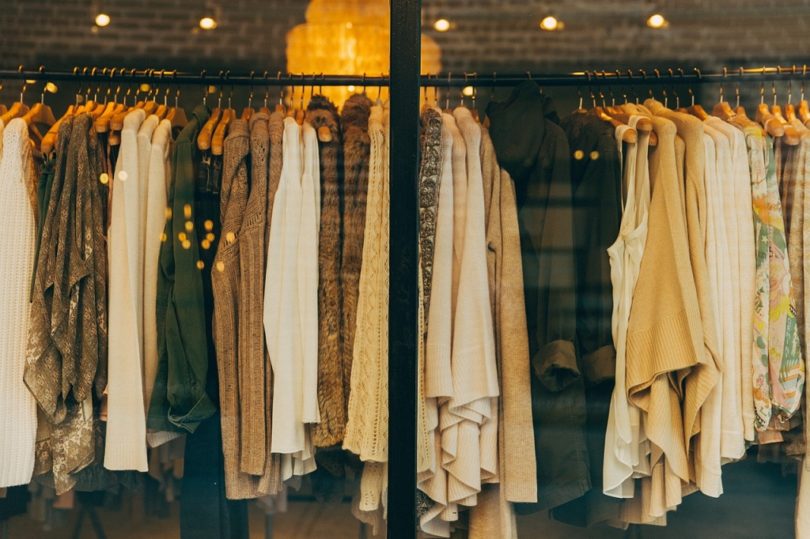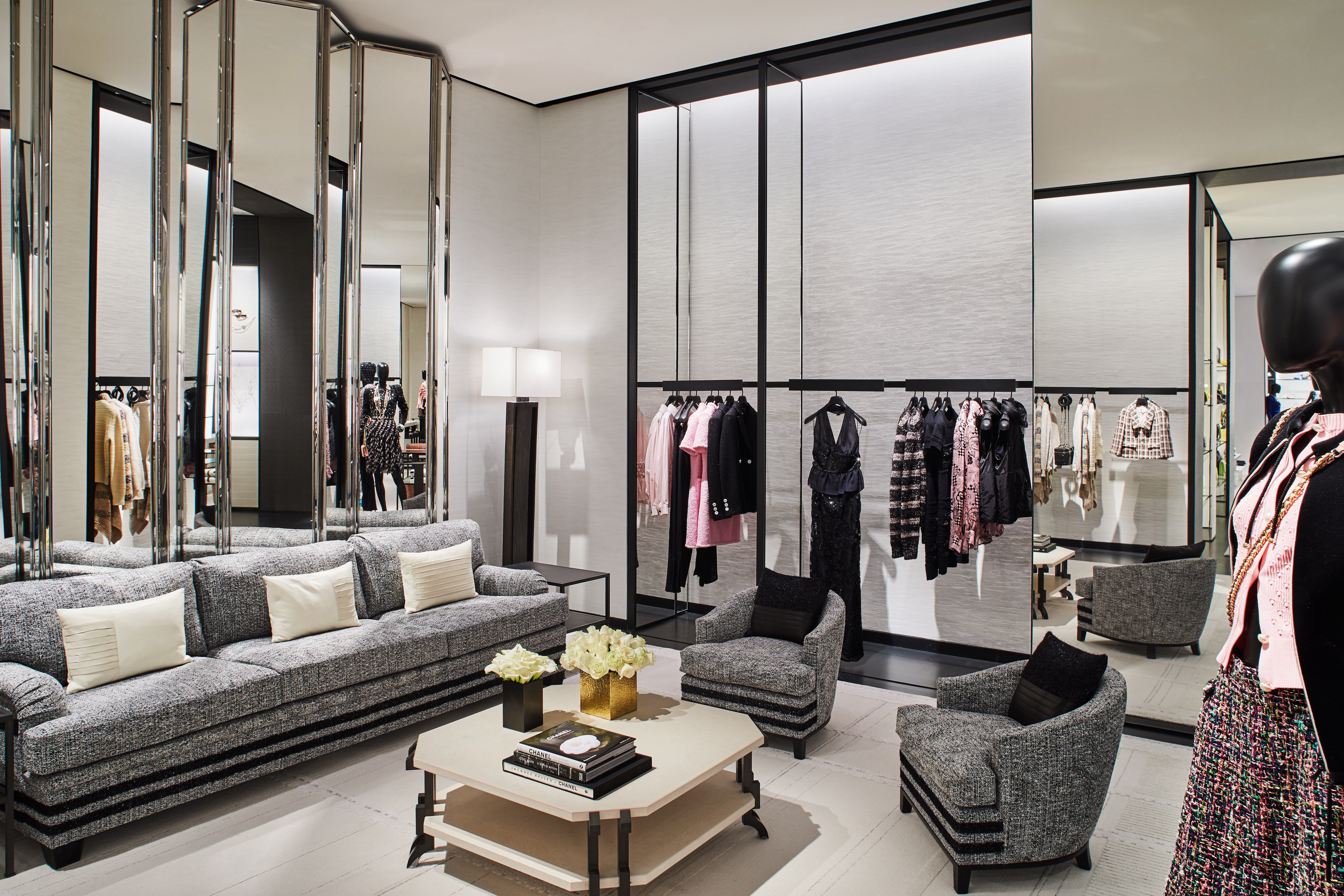Why Boutique Fashion is the Ultimate Option for Special Style
Why Boutique Fashion is the Ultimate Option for Special Style
Blog Article
A Deep Study the Globe of High-Fashion Runways: Recognizing Garments as Art
Designers, a lot like skillful artists, weave elaborate narratives via kind, shade, and textile, redefining and challenging traditional standards charm standards. As we discover these sartorial spectacles, we must contemplate: what function does style play in forming societal worths, and how does it mirror the ever-changing tapestry of human emotion and identification?
The Development of Runway Reveals
The trajectory of runway programs has actually transformed considerably over the years, developing from unique market occasions to fascinating eyeglasses that blend style with art. Commonly, runway programs were intimate events, held in ateliers or tiny locations, mostly attended by purchasers and industry insiders. These very early presentations concentrated on the garments' workmanship and industrial stability, providing a functional and straight display of seasonal collections.
As the fashion business expanded, the nature of runway programs started to change. The 1970s and 1980s marked a turning factor, with designers seeking to differentiate themselves with more staged presentations. This age saw the increase of elaborate sets, choreographed designs, and thematic stories, heralding a new age where the path came to be an experiential system. The programs changed right into a kind of storytelling, where each collection conveyed an unique narrative or idea.
Over the last few years, innovation and social media sites have additionally changed runway shows, making them obtainable to a global audience. Livestreaming and digital platforms have democratized fashion, enabling lovers worldwide to witness these occasions in real-time (boutique fashion). This development shows a wider cultural shift, where high-fashion runways serve as a vibrant intersection of efficiency, technology, and design
Designers as Enthusiast Artists
Exactly how have designers transcended their duties to end up being visionary artists? Developers in the high-fashion market have obscured the lines between functional garment production and the theoretical realm of art. This makeover appears in the way they approach their collections, not merely as apparel but as profound expressions of culture, feeling, and identity. By welcoming artistic techniques such as sculpture, painting, and progressive setups, developers craft garments that challenge traditional style norms and raise them to art kinds.
Visionary designers draw ideas from a myriad of sources, including abstract art, historic referrals, and personal narratives. They possess an unique ability to picture and appear ideas that push the limits of standard fashion, usually redefining aesthetic paradigms at the same time. This creative ingenuity is showcased with significant silhouettes, ingenious products, and intricate workmanship, which invite customers to experience fashion as greater than simply wearable things.
Additionally, the runway acts as a canvas for these musicians, where illumination, songs, and set style coalesce to develop immersive experiences. These discussions are not simply screens of apparel but are orchestrated performances that stimulate feeling and provoke idea, affirming the designer's role as a real musician in the modern social landscape.
Social Impacts in Style
Social tapestry weaves its intricate patterns into the material of fashion, influencing designers internationally. The vibrant interchange of social stories, practices, and icons educates and motivates collections that elegance high-fashion runways.
The impact of society on style is commonly seen in the reinterpretation of typical garments and patterns. The use of Japanese bathrobes, Indian saris, or African prints in contemporary style reflects a mix of social authenticity and modern-day aesthetic appeals. Developers such as Valentino's Pierpaolo Piccioli and Alexander McQueen's Sarah Burton have been recognized to incorporate abundant social motifs right into their couture collections, converting background right into wearable art.

Development in Fabric and Design
Advancement in material and design continually improves the landscape of high-fashion, pushing borders and redefining possibilities. Designers are significantly checking out the integration of modern technology, such as 3D printing, which enables for the creation of intricate structures that were previously unbelievable.
Additionally, sustainability has come to be a critical theme in material development. The apparel industry is witnessing a rise in using environmentally friendly products, originated from recycled plastics, organic fibers, and also biodegradable elements. These developments not just use new structures and looks but likewise address crucial ecological worries. Designers are welcoming these products to craft garments that are both visually striking and mindful of their environmental impact.
In regards to design, progressive shapes and experimental types are continuously reinventing the runway. By including unique materials and sophisticated methods, developers cultivate garments that obscure the line in between fashion and art, setting new requirements for creative thinking and expression in the high-fashion sphere.
Effect of Fashion on Culture
Style wields a profound impact on society, serving as both a representation of cultural identity and a stimulant for social modification (boutique fashion). Through its advancement, style has mirrored social shifts, enveloping the zeitgeist of different ages.
Furthermore, fashion has the power to bridge social spaces, fostering understanding and appreciation amongst diverse groups. As globalisation increases, the cross-cultural exchange of fashion ideas comes to be significantly significant, advertising inclusivity and diversity. The rise of streetwear, stemming from metropolitan subcultures, illustrates just how fashion can go beyond socio-economic borders, providing individuals a method of self-expression and empowerment.
In essence, style is not just concerning aesthetics; it is a vibrant force that influences worths, mindsets, and social progress (boutique fashion). By continually engaging with social and social currents, fashion stays an important part of the collective human experience

Final Thought
High-fashion paths work as dynamic fields where apparel goes beyond functionality to become a meaningful art form. Designers, similar to visionary musicians, coordinate collections that informative post reflect identification, feeling, and cultural narratives, challenging traditional aesthetics. The blend of cutting-edge fabric and style, paired with elaborate set designs, lighting, and music, creates immersive experiences that celebrate cultural diversity. This crossway of style and virtuosity not just astounds target markets globally yet additionally affects societal perceptions and promotes a deeper recognition for multiculturalism.

Cultural tapestry weaves its detailed patterns into the material of style, affecting designers internationally.Fashion possesses a profound impact on society, offering as both a reflection of social identification and a driver for social change.
Report this page